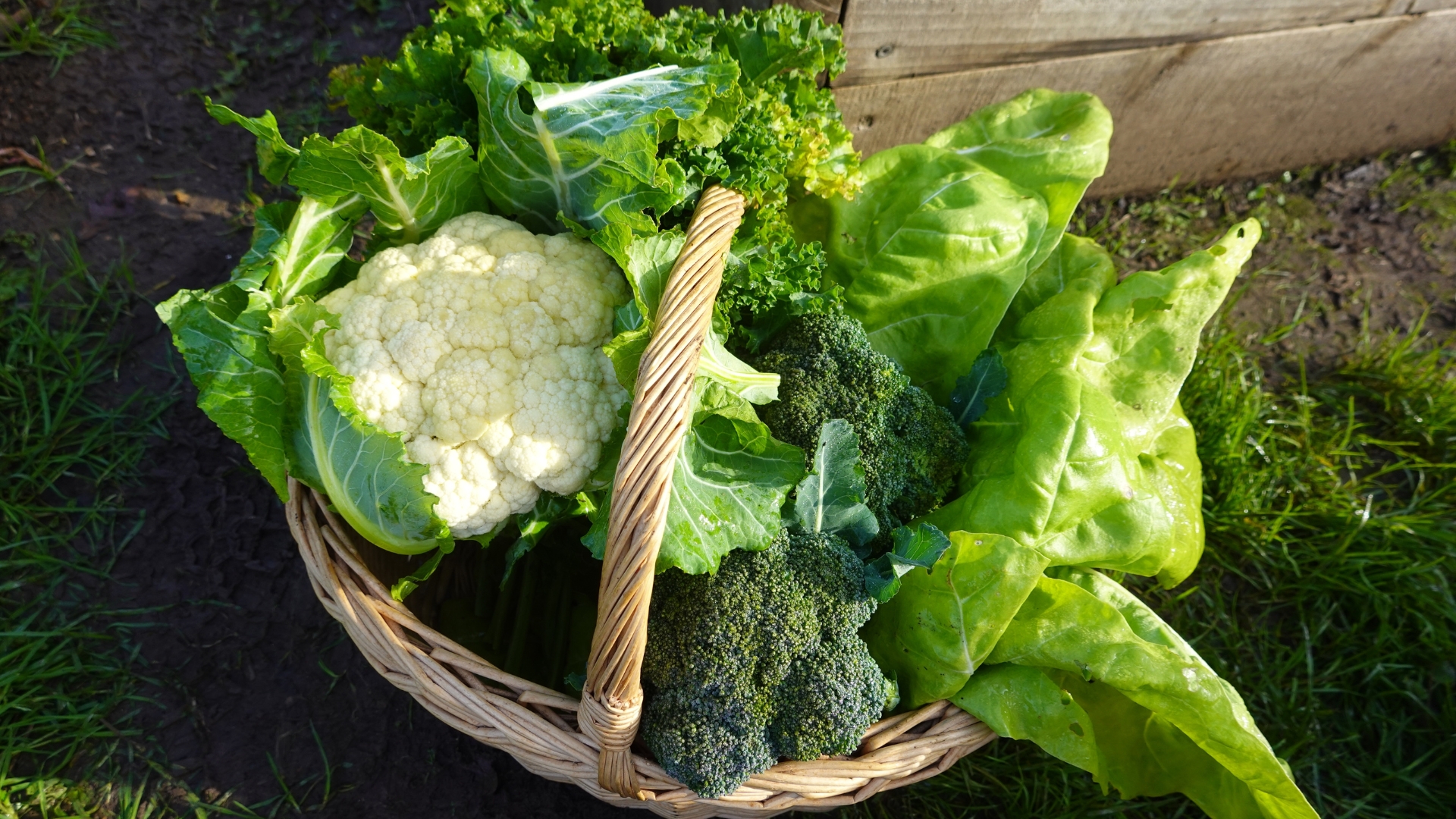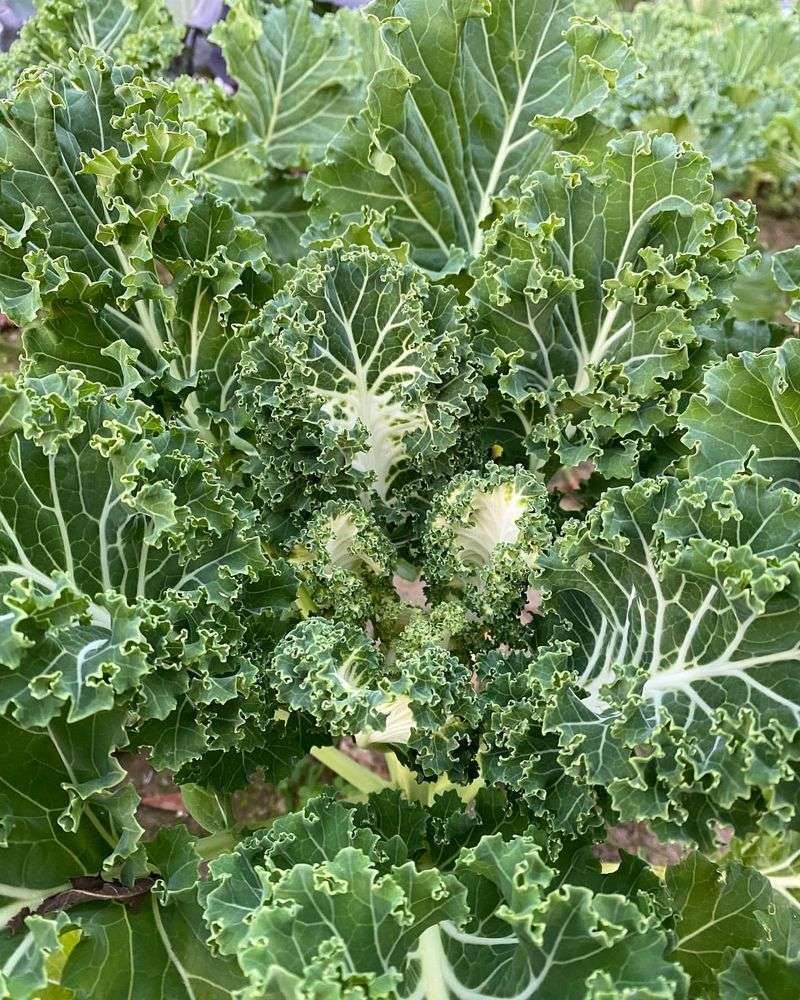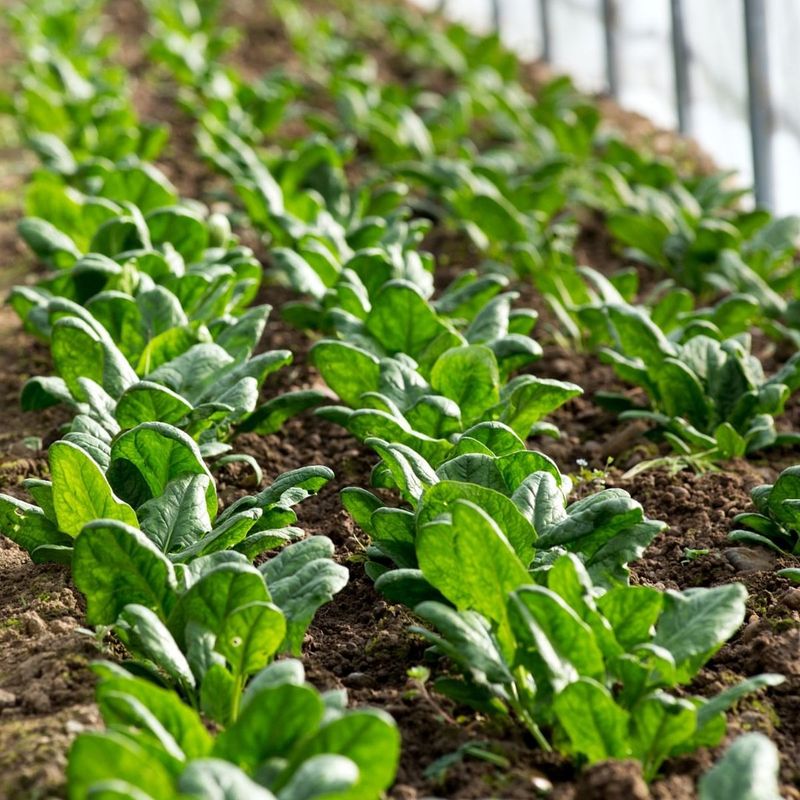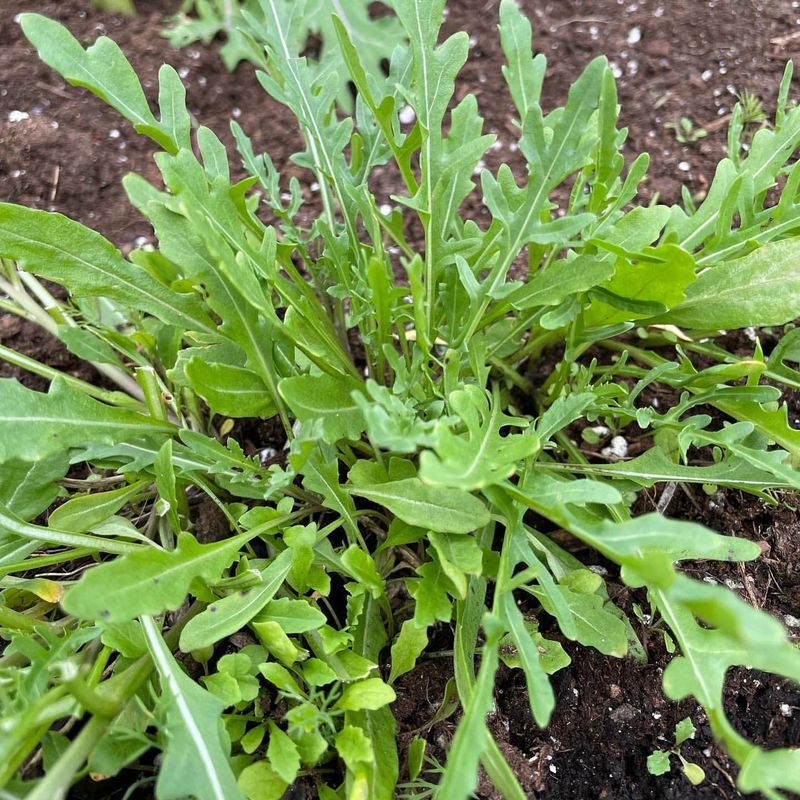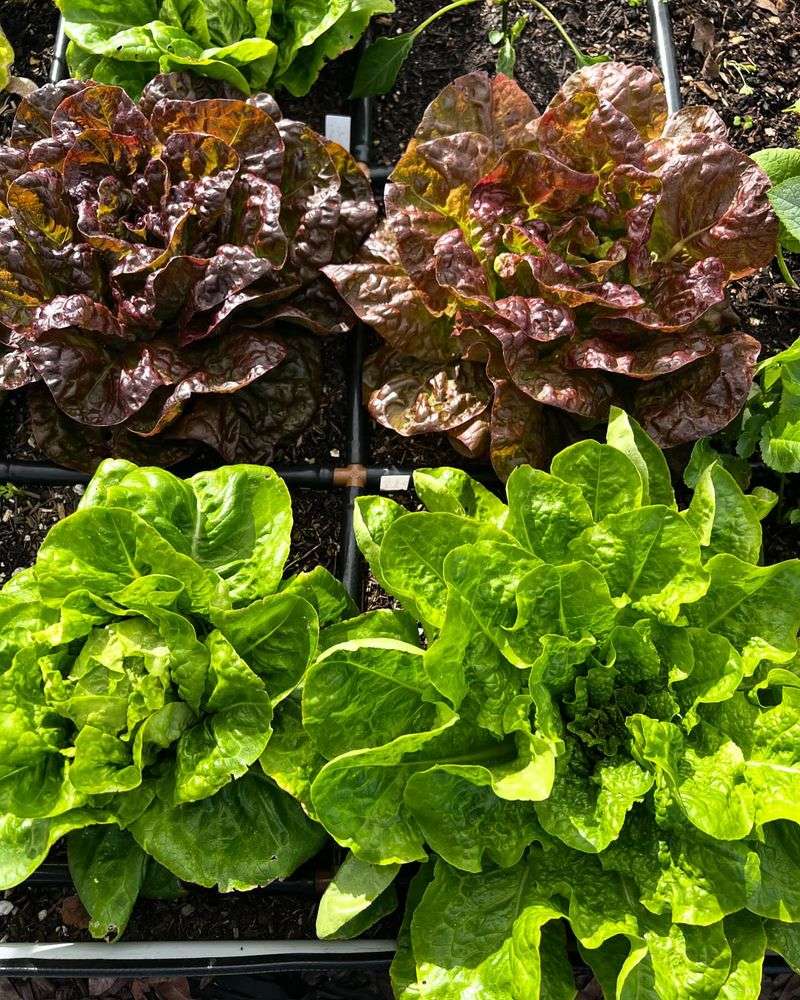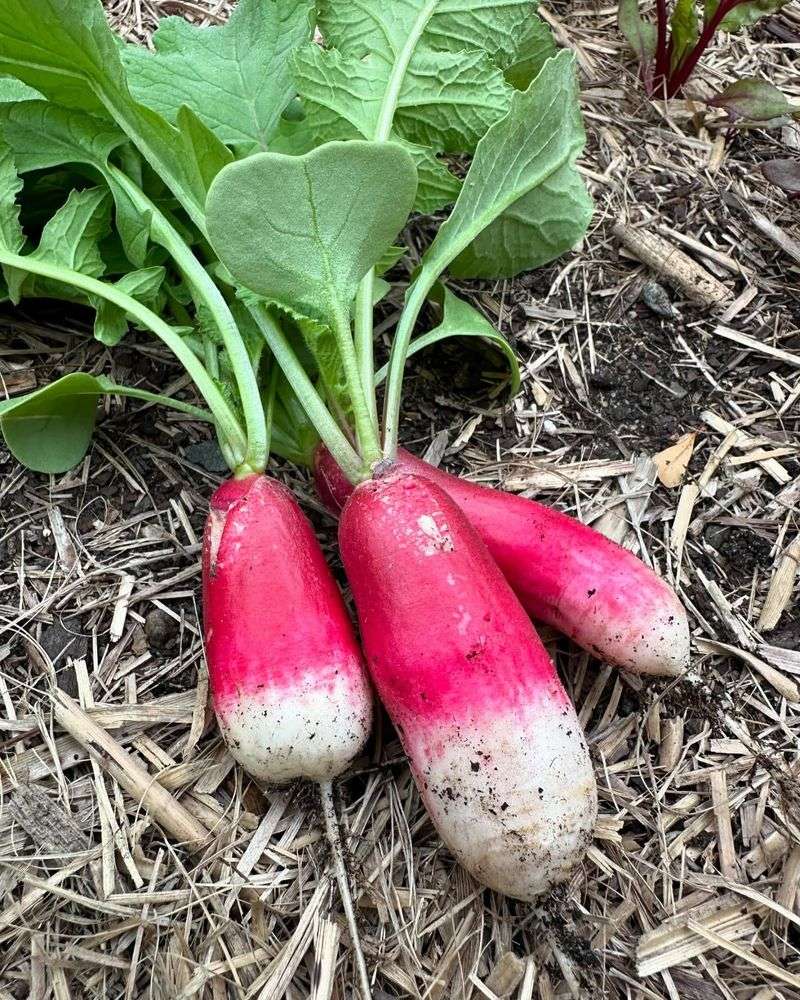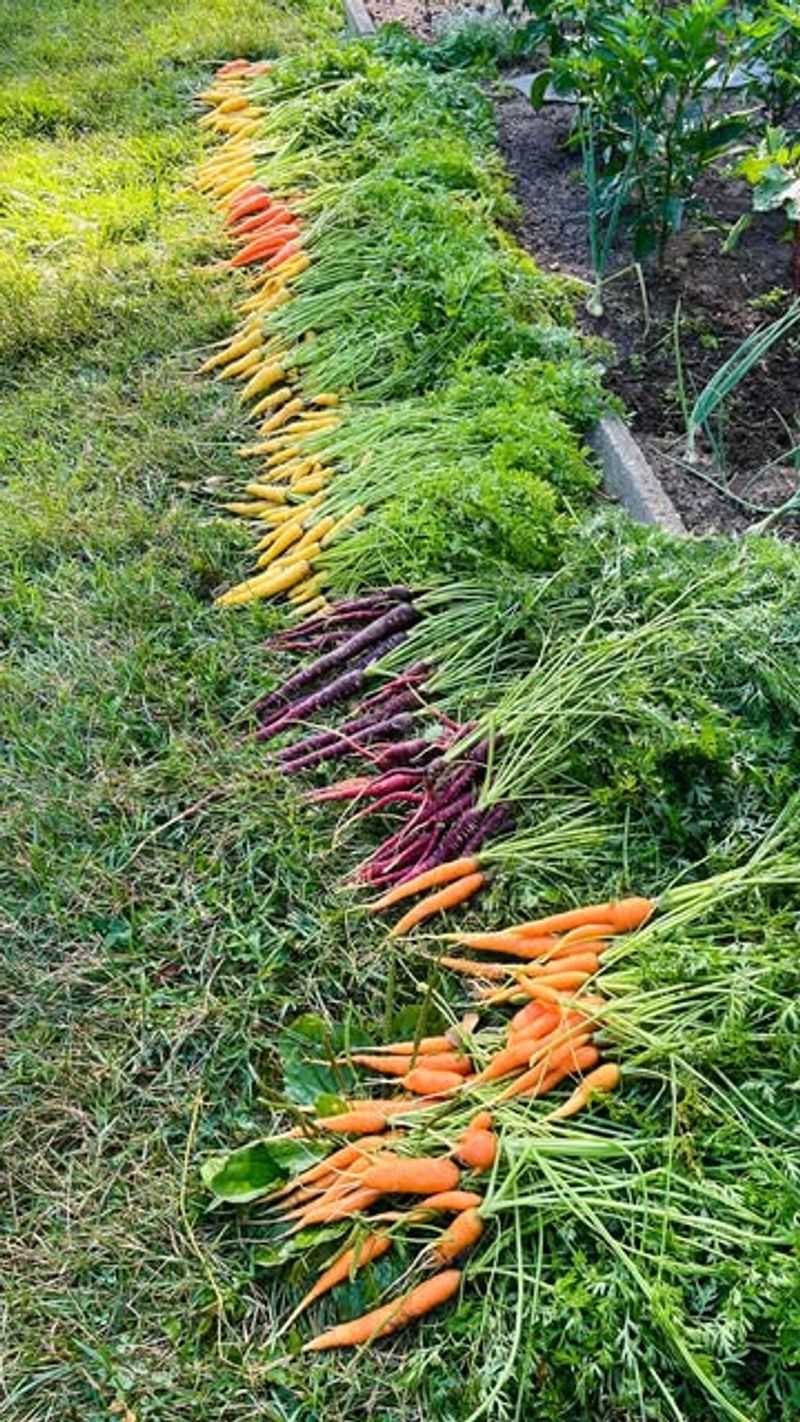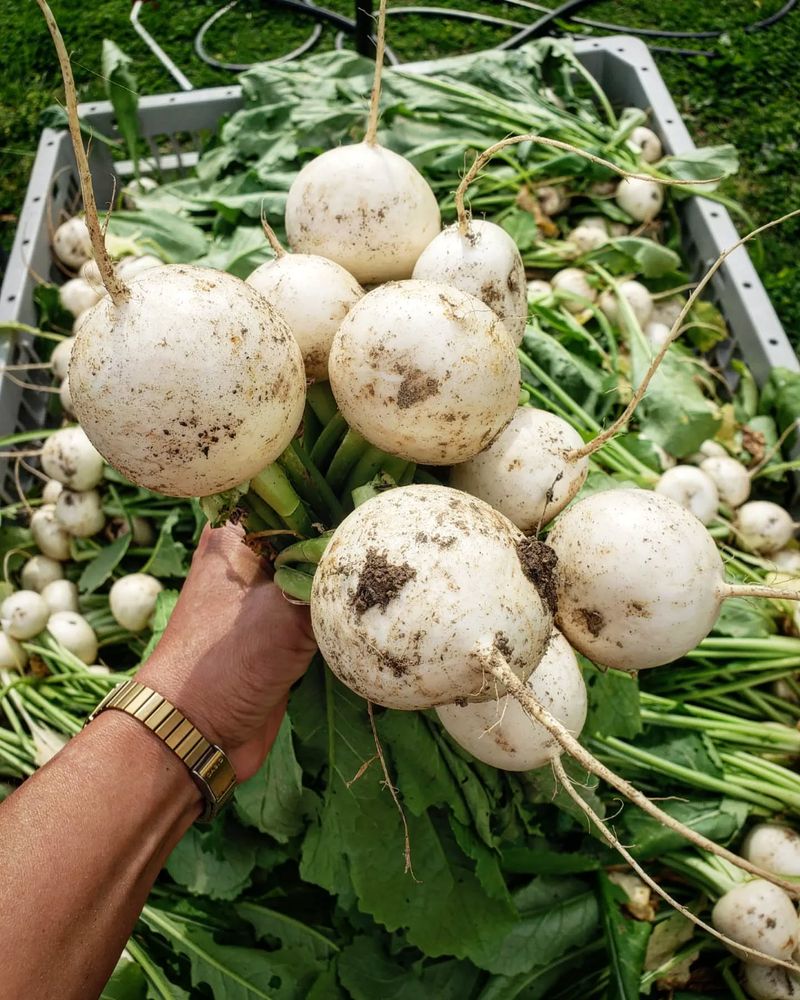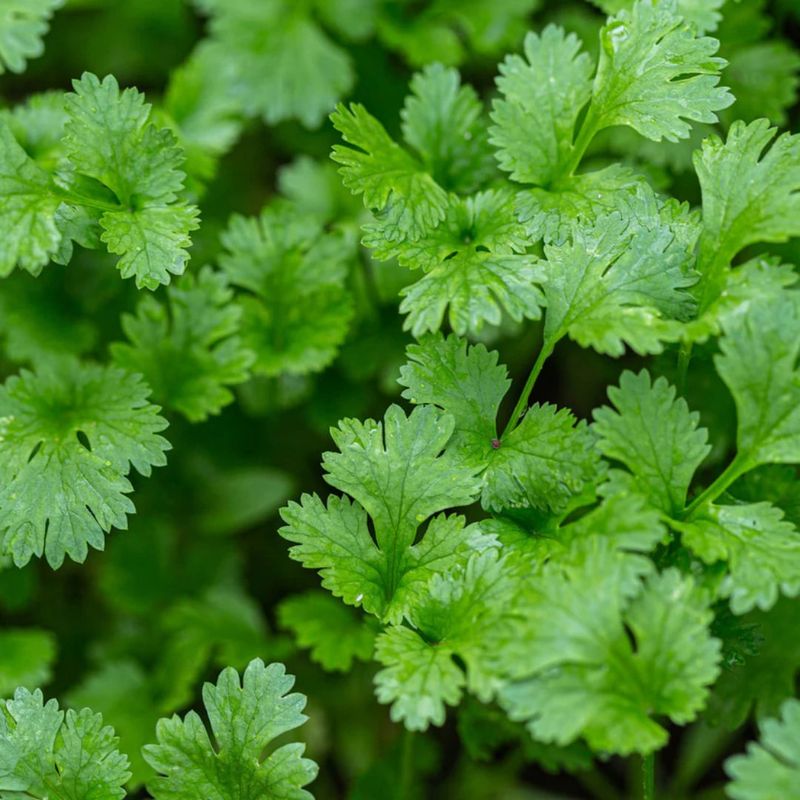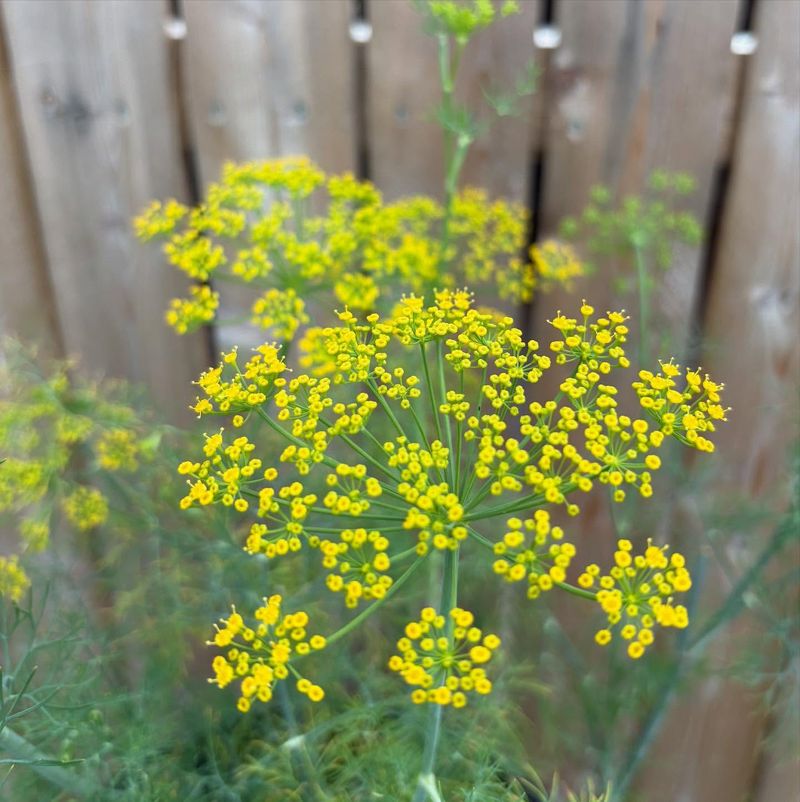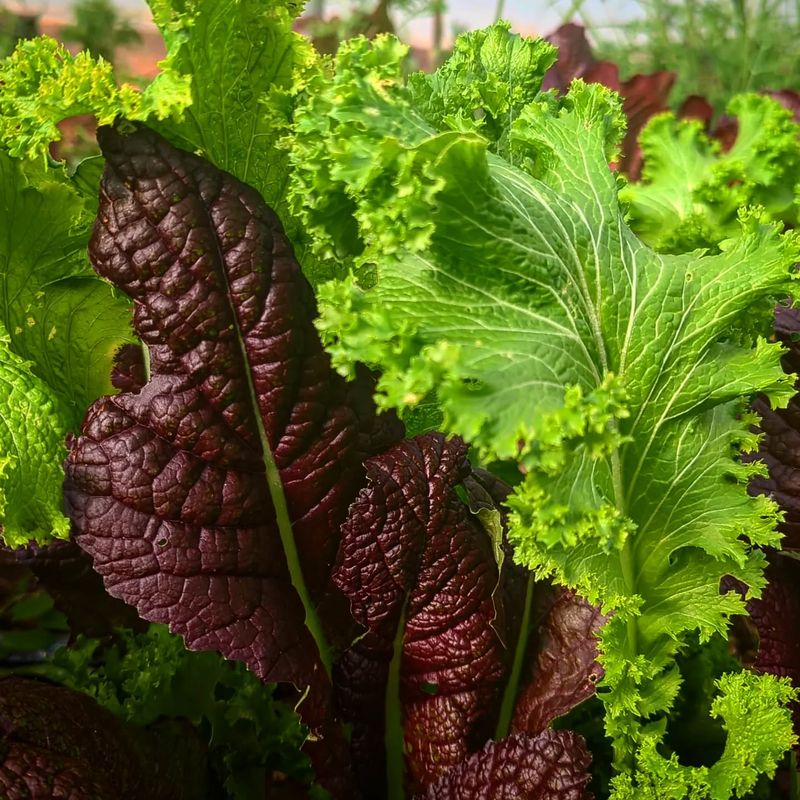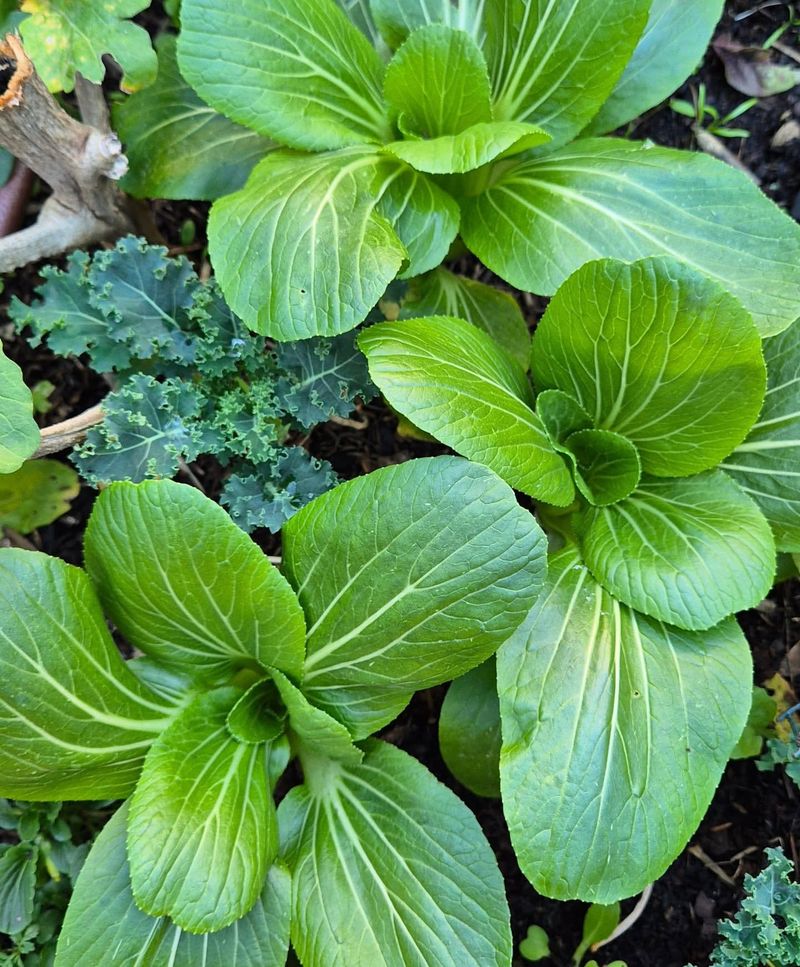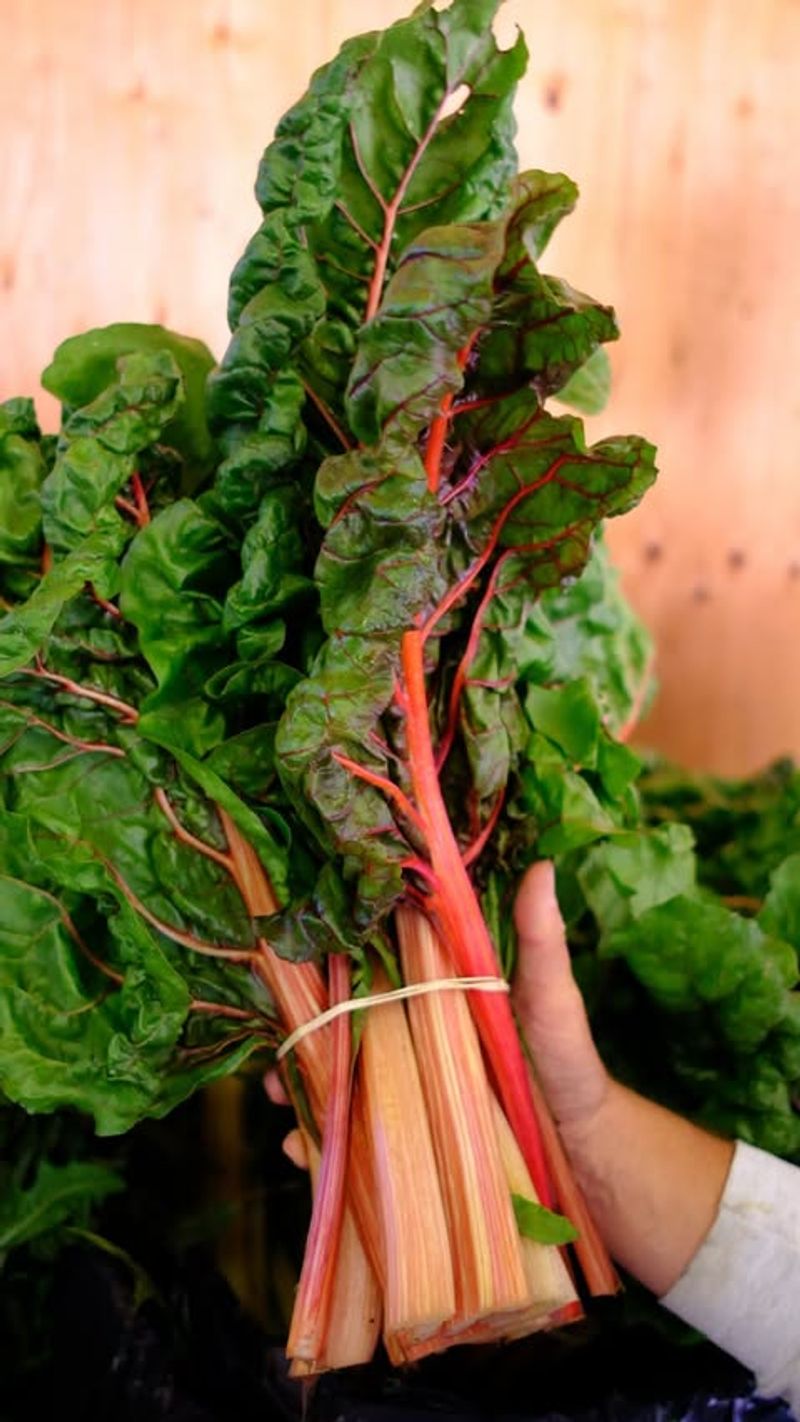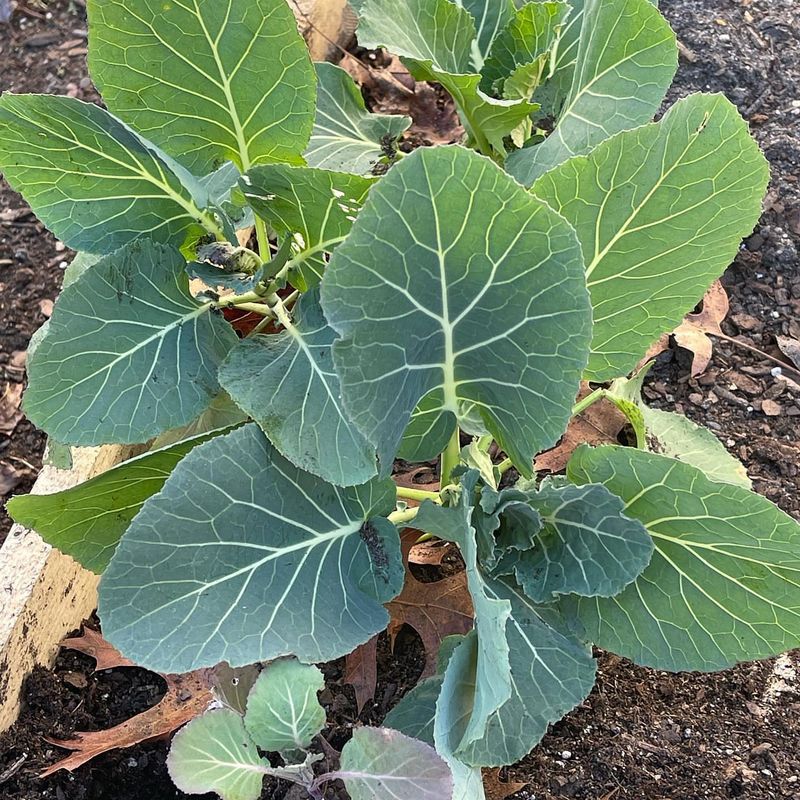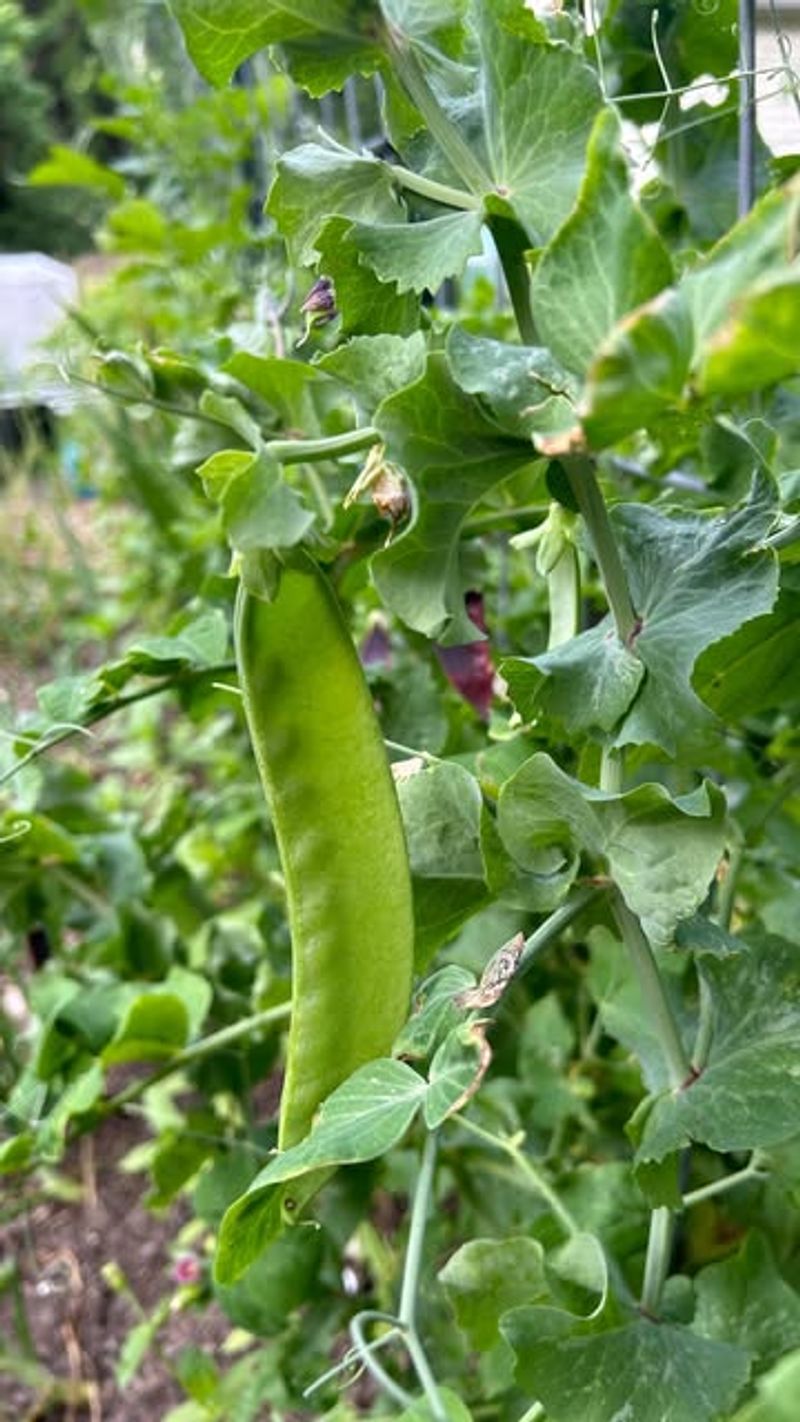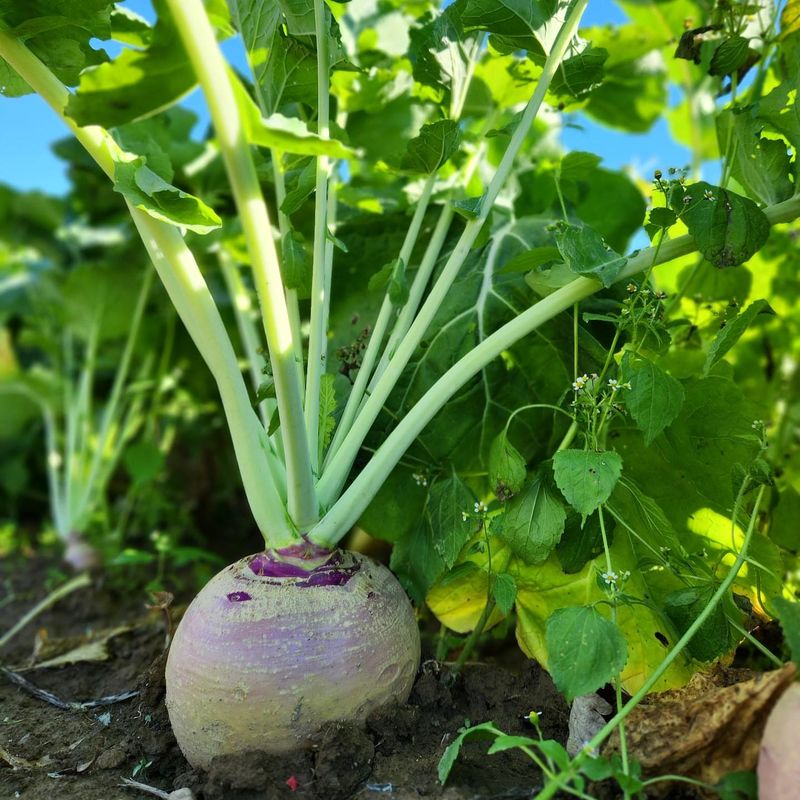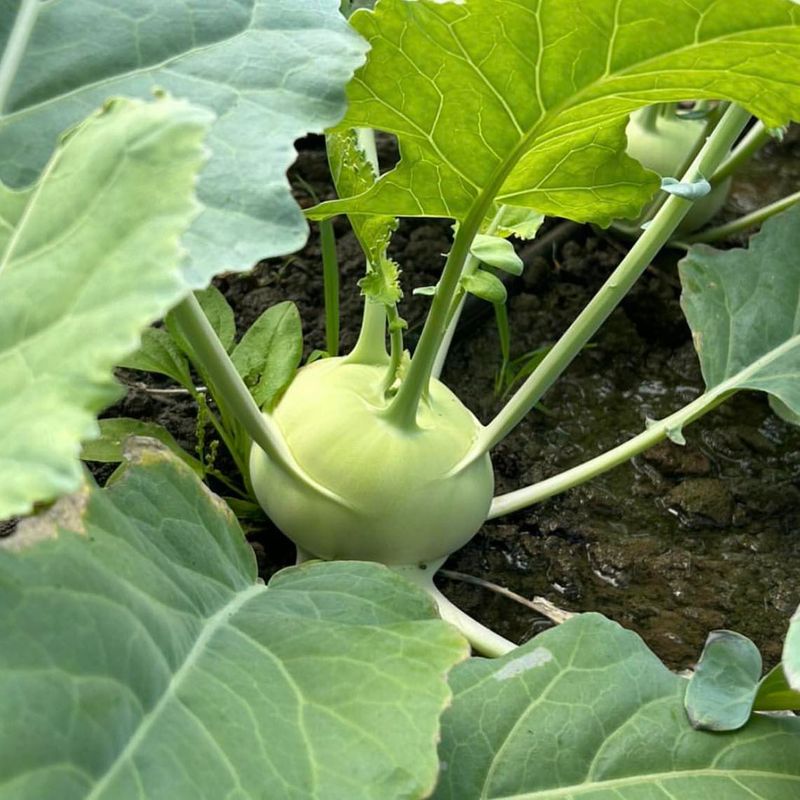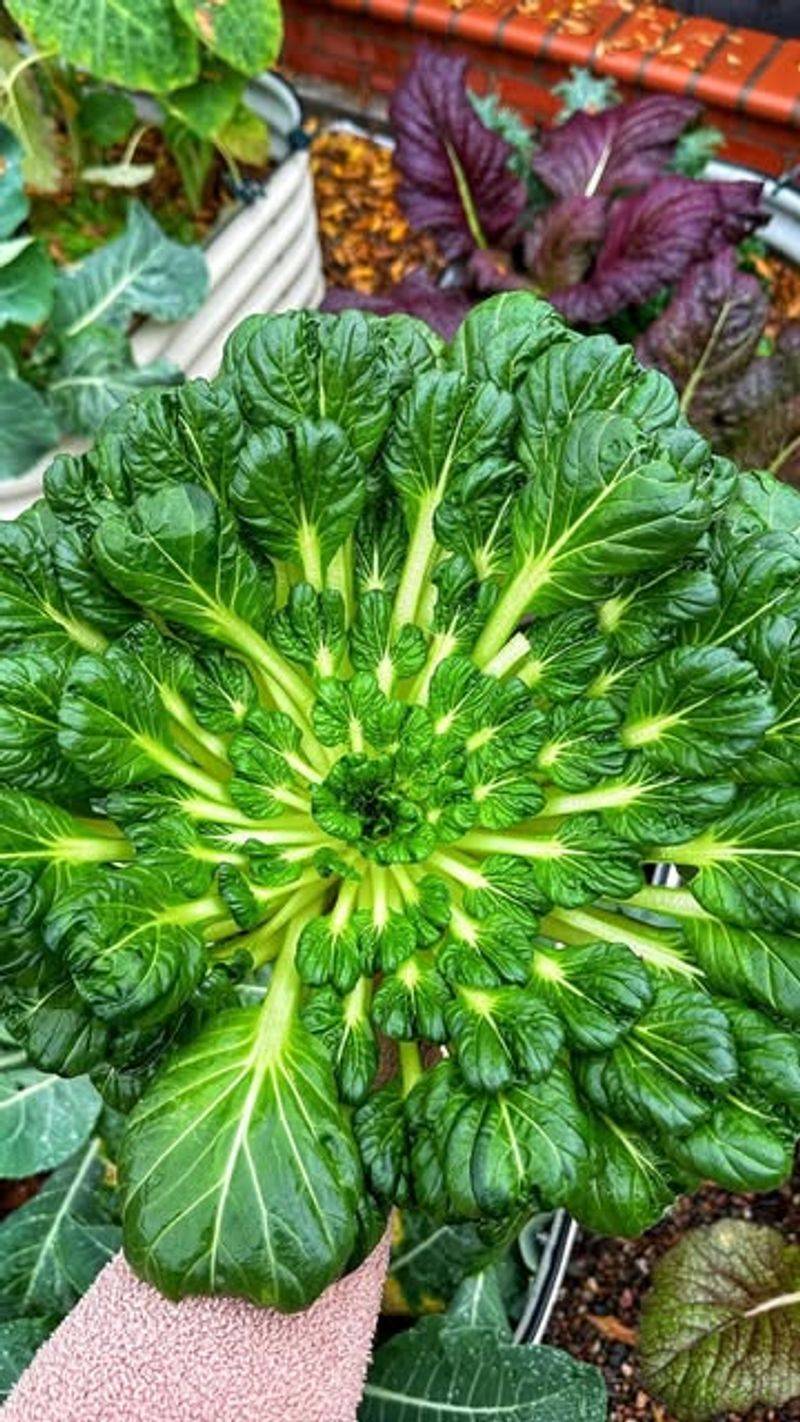I thought I missed my chance, but turns out there are still plenty of plants you can direct sow in Virginia right now. I’ve done a quick round of late planting before, and it actually worked out better than expected.
Some veggies and flowers love the warm soil and longer days. It’s not too late to fill in those garden gaps and get another round of growth going. Grab a packet or two and let’s make the most of the season!
1. Kale
Fall brings the perfect cool temperatures for this nutritional powerhouse to thrive across Virginia gardens. The leaves actually taste sweeter after light frost exposure, making autumn planting ideal.
Virginia gardeners can sow kale seeds directly until early September for a continuous harvest throughout fall and even winter in milder areas. This hardy green keeps producing when other garden vegetables have called it quits.
2. Spinach
Quick-growing and cold-tolerant, spinach makes an excellent choice for Virginia’s cooling fall temperatures. Seeds germinate rapidly when soil temperatures drop below 85°F, typically by late August or early September.
Many Virginia gardeners find spinach easier to grow in fall than spring since the plants bolt less readily. A light layer of straw mulch helps protect the tender leaves when temperatures dip toward freezing.
3. Arugula
Spicy and fast-growing, arugula can go from seed to salad bowl in just 30 days. The peppery leaves add zip to fall meals and continue producing well into Virginia’s cooler months.
For continuous harvests throughout fall, Virginia gardeners can succession plant arugula every two weeks. The plants prefer the shortening days and cooler nights of late summer and early autumn, producing sweeter, less bitter leaves.
4. Lettuce
Summer heat makes lettuce bitter and prone to bolting, but fall’s cooler temperatures create perfect growing conditions. Virginia gardeners can direct sow lettuce seeds from late August through September for crisp, sweet harvests.
Choose loose-leaf varieties for quicker results and longer harvesting periods across Virginia’s varied climate zones. Partial shade during the hottest part of the day helps protect young seedlings while they establish.
5. Radishes
One of the quickest vegetables you can grow, radishes mature in just 3-4 weeks from sowing. Their crisp texture and peppery bite make them perfect additions to fall salads across Virginia gardens.
Virginia’s cooling soil temperatures in late summer create ideal conditions for developing sweet, crisp roots without the woodiness or excessive heat that summer brings. Try winter varieties like Daikon for something different from spring radishes.
6. Carrots
Fall-grown carrots develop sweeter flavors as soil temperatures cool down. Virginia gardeners can sow carrot seeds from late July through August for harvest before winter’s deep freeze.
The key to success in Virginia’s clay-heavy soils is proper preparation – loosen soil deeply and mix in compost for better root development. Keeping the soil consistently moist during germination ensures good seedling establishment.
7. Beets
Both the roots and greens of beets are edible, giving Virginia gardeners double the harvest from one seed. The cooling temperatures of fall create sweeter, more tender beets than summer-grown ones.
Direct sow beets in Virginia gardens from late July through September for harvest before heavy frosts. The seeds actually contain multiple embryos, so even when thinning seedlings, you’ll get edible baby greens to enjoy.
8. Turnips
Often overlooked, turnips grow quickly and offer both nutritious roots and tasty greens. Virginia’s fall temperatures help develop sweeter flavors without the bitterness that heat can cause.
Direct sow turnips in Virginia gardens from August through September for harvest before winter. The smaller, younger turnips tend to have the mildest flavor and tender texture perfect for roasting or adding to soups.
9. Cilantro
Notorious for bolting in summer heat, cilantro thrives in Virginia’s cooler fall temperatures. The plants grow quickly from seed and can be harvested multiple times before frost.
Virginia gardeners can direct sow cilantro from August through September for continuous harvests. The cooler weather actually intensifies cilantro’s flavor while slowing its tendency to produce flowers instead of leaves.
10. Dill
Feathery dill adds distinctive flavor to fall pickles and dishes. The seeds germinate quickly in Virginia’s warm late summer soil while maturing in the cooler fall temperatures.
Direct sow dill in Virginia gardens through early September for harvest before frost. The plants attract beneficial insects like swallowtail butterfly caterpillars, adding ecological value to your garden while providing culinary herbs.
11. Mustard Greens
Spicy and fast-growing, mustard greens add zest to fall meals across Virginia. The cooling temperatures actually improve their flavor, making them less bitter and more palatable.
Virginia gardeners can direct sow mustard greens from August through September for quick harvests. The colorful varieties like ‘Red Giant’ or ‘Purple Wave’ add visual interest to both garden beds and dinner plates throughout the fall season.
12. Bok Choy
This Asian green grows remarkably fast, ready to harvest in just 30-45 days. Virginia’s cooling fall temperatures create perfect conditions for bok choy to develop crisp stems and tender leaves.
Direct sow bok choy in Virginia gardens from August through September for harvest before hard frost. The plants tolerate light freezes, extending your growing season even as temperatures begin to drop across the commonwealth.
13. Swiss Chard
With colorful stems in red, yellow, and pink, Swiss chard adds beauty and nutrition to Virginia fall gardens. The large leaves produce continuously until heavy frost, providing months of harvests.
Virginia gardeners can direct sow Swiss chard from August through early September. The plants often survive Virginia’s milder winters, especially with protection, springing back to life for early harvests before most spring crops are ready.
14. Collard Greens
A southern tradition, collard greens actually improve in flavor after exposure to frost. Virginia’s climate provides perfect conditions for these nutritional powerhouses to thrive well into winter.
Direct sow collards in Virginia gardens from July through early September for extended harvests. The plants develop sweeter flavors as temperatures drop, making late fall and winter harvests particularly prized across Virginia’s diverse growing regions.
15. Peas
Fall-planted peas often outperform spring crops in Virginia gardens. The cooling temperatures of late summer create ideal growing conditions for sweet, tender pods without the heat stress of late spring.
Direct sow peas in Virginia from late July through August for harvest before hard freezes. Choose snow or snap varieties that mature quickly (under 60 days) to ensure harvests before winter weather arrives across the commonwealth.
16. Rutabagas
Often confused with turnips, rutabagas develop sweeter flavors and larger roots during Virginia’s cooling fall temperatures. These nutritious root vegetables store well for winter eating.
Direct sow rutabagas in Virginia gardens from July through August, allowing 90 days before expected heavy frosts. The plants grow slowly at first but accelerate as temperatures cool, developing sweet, yellow flesh perfect for roasting or mashing.
17. Kohlrabi
Looking like something from another planet, kohlrabi forms a delicious swollen stem above ground. Virginia’s fall conditions help develop sweet, crisp bulbs without the woodiness that summer heat can cause.
Direct sow kohlrabi in Virginia gardens from August through early September for harvest before hard freezes. The unusual vegetable matures quickly (45-60 days) and provides a crunchy addition to fall salads or roasted vegetable medleys.
18. Asian Greens
Beyond bok choy, try tatsoi, mizuna, or komatsuna for fast-growing additions to Virginia fall gardens. These diverse greens mature quickly, often ready for harvest in just 30-45 days from sowing.
Virginia gardeners can direct sow Asian greens from August through September for continuous harvests. Many varieties tolerate light frost, extending your growing season with unique flavors and textures not found in typical American vegetables.

